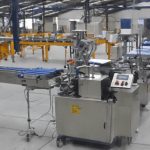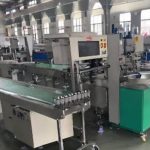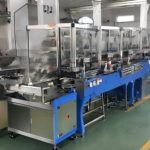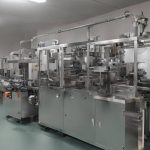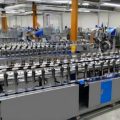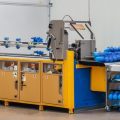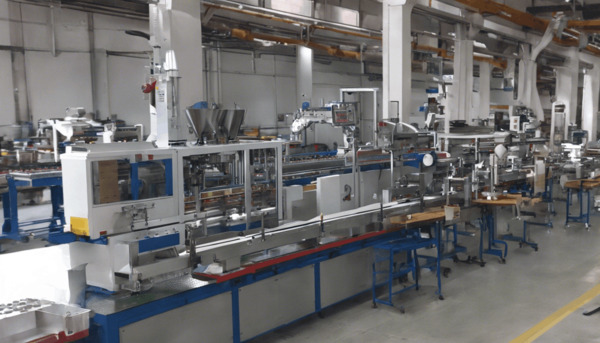
Introduction to Blister Packing Machines
Blister packing machines are essential in various industries, particularly in pharmaceuticals, for packaging products securely and efficiently. These machines are designed to create a sealed package that protects the product from environmental factors and ensures its integrity. In this article, we will delve into the principle of blister packing machines, their components, and their applications.
Understanding the Principle of Blister Packing Machines
Basic Working Mechanism
The principle of blister packing machines revolves around forming a cavity or pocket made from a formable web, usually a thermoformed plastic. This cavity is then filled with the product, and a backing material, often aluminum foil, is sealed onto it. The process involves several steps, including forming, filling, sealing, and cutting.
Forming the Blister
The first step in the blister packing process is forming the blister. This is typically done using heat and pressure to mold the plastic into the desired shape. The plastic film is heated until it becomes pliable and then pressed into a mold to create the cavities. This step is crucial as it determines the size and shape of the blister, ensuring it fits the product perfectly.
Filling the Blister
Once the blisters are formed, the next step is filling them with the product. This can be done manually or automatically, depending on the machine’s design and the production requirements. The filling process must be precise to ensure that each blister contains the correct amount of product, maintaining consistency and quality.
Sealing the Blister
After filling, the blisters are sealed with a backing material, usually aluminum foil. The sealing process involves applying heat and pressure to bond the backing material to the plastic blister, creating an airtight seal. This step is critical for protecting the product from moisture, oxygen, and other environmental factors that could compromise its quality.
Cutting and Finishing
The final step in the blister packing process is cutting the sealed blisters into individual units. This is done using a cutting die that separates the blisters from the web, creating individual packages ready for distribution. The finished blisters are then inspected for quality assurance before being packed and shipped.
Components of Blister Packing Machines
Forming Station
The forming station is where the plastic film is heated and molded into the desired shape. This station typically includes a heating element, a forming mold, and a pressure system to shape the plastic.
Filling Station
The filling station is where the product is placed into the formed blisters. This station can be equipped with various filling mechanisms, such as volumetric fillers, auger fillers, or vibratory feeders, depending on the product being packaged.
Sealing Station
The sealing station is where the backing material is bonded to the plastic blister. This station includes a sealing head that applies heat and pressure to create a secure seal, ensuring the product’s protection.
Cutting Station
The cutting station is where the sealed blisters are separated into individual units. This station uses a cutting die to precisely cut the blisters, ensuring uniformity and quality.
Applications of Blister Packing Machines
Pharmaceutical Industry
Blister packing machines are widely used in the pharmaceutical industry for packaging tablets, capsules, and other small medical devices. The airtight seal provided by blister packaging ensures the product’s stability and extends its shelf life.
Food and Beverage Industry
In the food and beverage industry, blister packing machines are used for packaging small items such as candies, chewing gum, and 200 ml water pouch packing machine products. The packaging protects the product from contamination and preserves its freshness.
Consumer Goods
Blister packing machines are also used for packaging various consumer goods, including batteries, toys, and electronic components. The packaging provides a tamper-evident seal, ensuring the product’s integrity and safety.
Conclusion
Blister packing machines play a crucial role in various industries by providing secure and efficient packaging solutions. Understanding the principle of these machines, their components, and their applications can help businesses choose the right equipment for their packaging needs. Whether it’s for pharmaceuticals, food and beverages, or consumer goods, blister packing machines ensure that products are protected and preserved, maintaining their quality and integrity.
